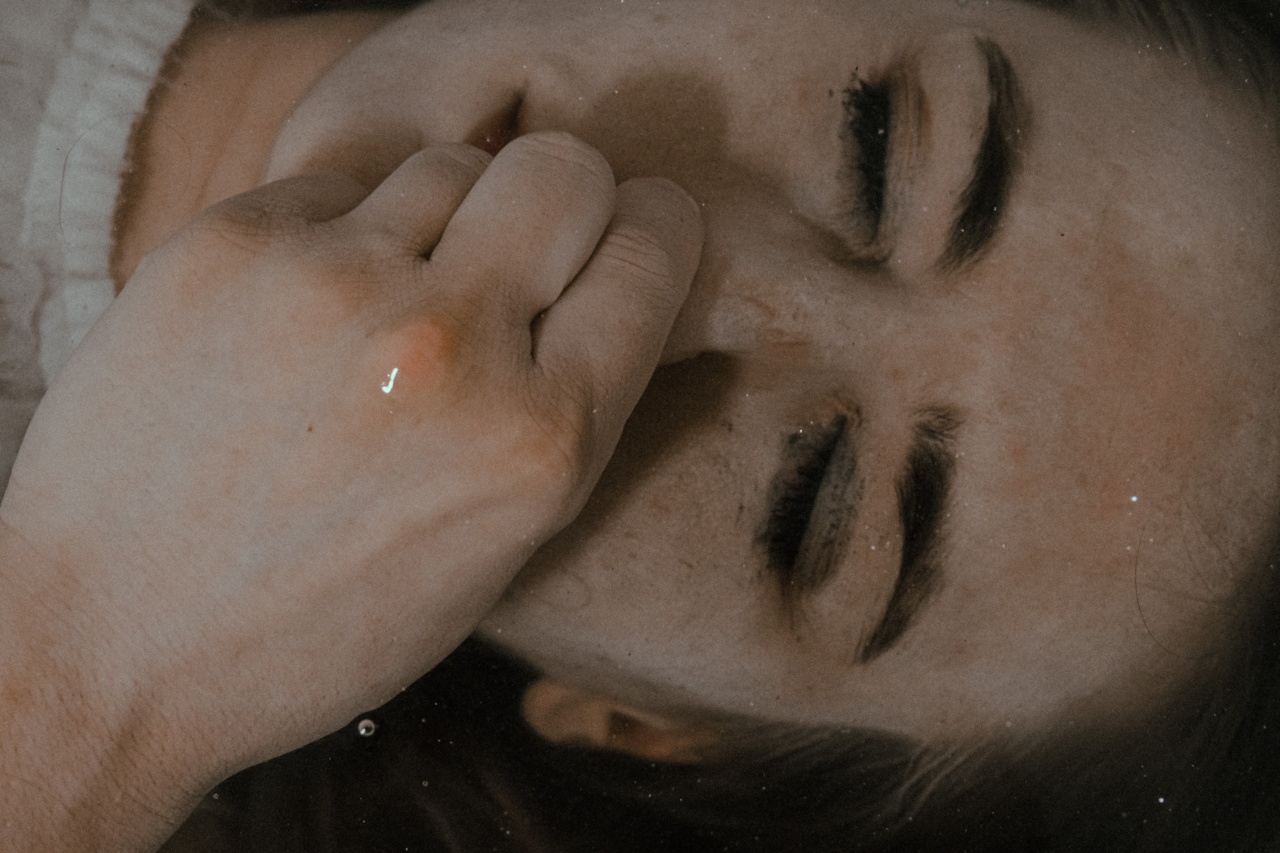When it comes to managing anxiety and depression, people often turn to traditional methods like medication and therapy to ease their symptoms.
However, recent research suggests that something as simple as taking a cold shower or immersing oneself in a frozen bathroom might hold the key to controlling anxiety and depression.
What is cold therapy?
Cold therapy, also known as cryotherapy, involves exposure to cold temperatures to achieve a range of health benefits.
The practice has been around for centuries, with ancient Greeks and Romans using cold baths to improve circulation and reduce inflammation. In recent years, cryotherapy has become increasingly popular among athletes and fitness enthusiasts as a way to enhance performance and speed up recovery time.
How does it work?
Cold therapy is thought to work by triggering the body’s natural healing response. Exposure to cold temperatures causes blood vessels to constrict, reducing inflammation and swelling in the body.
Over time, this can help to reduce pain and improve recovery from injuries.
But the benefits of cold therapy go beyond physical healing. Studies have shown that exposure to cold temperatures can also have a positive effect on mental health, specifically in the treatment of anxiety and depression.
The link between cold therapy and mental health
Research has shown that exposure to cold temperatures can increase levels of norepinephrine, a hormone that is known to improve mood and reduce anxiety.
In one study, participants who took daily cold showers reported a reduction in symptoms of depression and anxiety compared to those who took only warm showers.
Cold therapy also appears to have a positive effect on inflammation levels in the body, which have been linked to a higher risk of depression.
By reducing inflammation, exposure to cold temperatures may help to improve mood and reduce symptoms of depression.
The frozen bathroom challenge
While taking cold showers is one way to experience the benefits of cold therapy, some proponents of the practice take things to the next level by creating a frozen bathroom.
The idea is to expose oneself to the extreme cold of a frozen bathroom for a short period of time, which is thought to have a powerful effect on both physical and mental health.
It’s important to note that creating a frozen bathroom can be dangerous if not done correctly.
Experts recommend starting with small changes, like turning the temperature down on your shower or turning off the heat in your room for a few minutes each day.
The potential benefits of a frozen bathroom
So, what are the potential benefits of immersing oneself in a frozen bathroom? Some proponents claim that it can help with a range of issues, including:.
- Reducing symptoms of depression and anxiety
- Improving sleep quality
- Increasing energy levels
- Reducing inflammation
- Boosting immune function
- Improving circulation
Is it safe?
While the potential benefits of a frozen bathroom are intriguing, it’s important to note that the practice can be dangerous if not done correctly.
Exposure to extreme cold temperatures can lead to hypothermia, frostbite, and other serious health complications.
If you’re interested in trying cold therapy, it’s important to start slowly and consult with a healthcare professional before making any changes to your routine.
Building up tolerance to cold temperatures can take time, and it’s important to listen to your body and stop if you experience any discomfort or adverse side effects.
The bottom line
While the idea of immersing oneself in a frozen bathroom might sound extreme, the potential benefits of cold therapy for mental health are worth exploring.
Whether you take daily cold showers or start by turning down the heat in your room for a few minutes each day, it’s clear that exposure to cold temperatures can have a positive effect on mental health.
However, it’s important to approach cold therapy with caution and consult with a healthcare professional before making any major changes to your routine.
With the right approach, cold therapy might just hold the key to controlling anxiety and depression.































